Most people, when they talk about derailleurs or mechs, they mean a rear derailleur. The front derailleur is often not a concern for the average rider. However, it is also a very important component of a bike. If you are looking to buy a new front derailleur, then you have come to the right place. In this article, we will give you an overview of all the things you need to consider before purchasing a front mech. We have also included the answers to some F.A.Q.s near the end of the article.
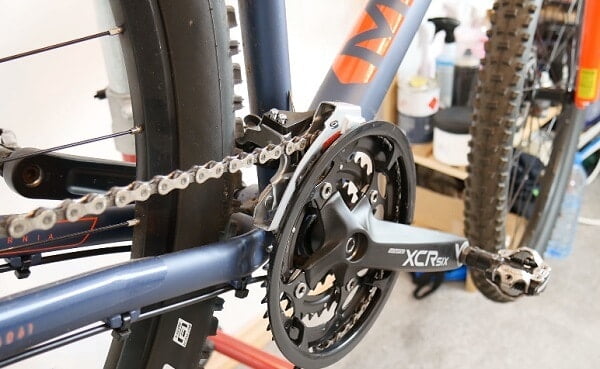
How to shop for a front derailleur
Actuation type
Most front derailleurs are actuated by the pull of a cable which is secured by a pinch bolt. These are called mechanical front derailleurs. When you press the gear shifter, the cable is pulled which in turn pulls the linkage of the derailleur and shifts the cage outwards. A return spring in the linkage moves the cage inwards when the cable is released. A second type is an electronic front derailleur. Here, instead of a cable pull, the cage is shifted by a small motor controlled by the gear shifter. Electronic mechs are quite expensive but they require less maintenance.
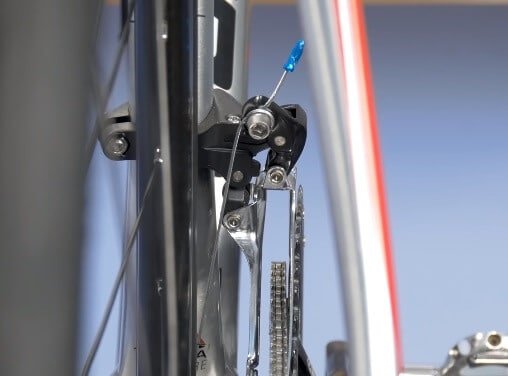
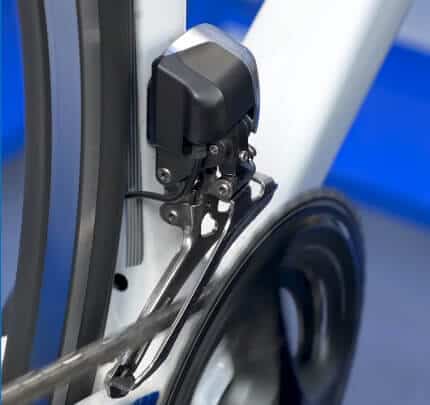
Cable pull direction
Mechanical front derailleurs can also be categorized according to the way the cable is arranged. A bottom pull derailleur has the cable routed with the down tube and under the bottom bracket. This type can be seen on road bikes, touring bikes, and some full-suspension mountain bikes.
In a top pull derailleur, the cable follows the top tube and pulls upwards. Top pull front mechs are very common on mountain bikes. This is because the arrangement of the cable keeps it away from mud and dirt.
There are also dual pull derailleurs that give you the option to arrange the cable to either pull upwards or downwards. As you can tell, these are more versatile and can be used by most riders.
Gearing and speeds
Front derailleurs are either designed for two chainrings or three chainrings at the front. They are called double cage and triple cage derailleurs respectively. The main difference is that a triple cage is wider than a double cage.
A front mech also has to be compatible with the number of gears (speeds) on the rear cassette. There are 7, 8, 9, 10, and 11-speed drivetrains available. As the number of speeds increases, the number of gears on the cassette also increases. Hence, narrower chains, and consequently, narrower cages are required.
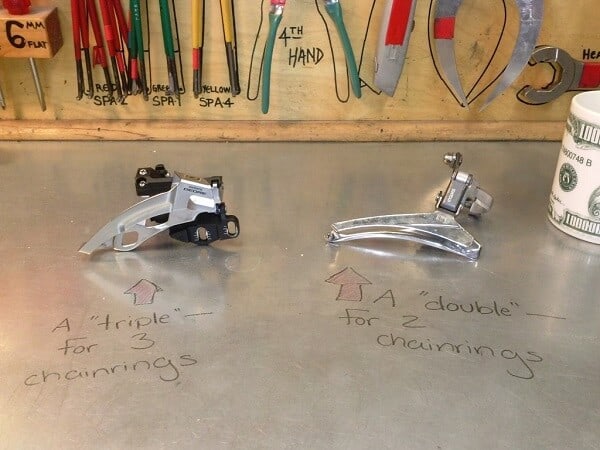
Mounting types
There are primarily two mounting standards for front derailleurs. The first one, known as the band-on mech type, attaches to the seat tube using a band or clamp and is bolted in place. Owing to the differences in tube diameters, you will need to make sure your new mech has the correct clamp size. You should make sure that you buy one with the right size because tube diameters will vary. Some models, however, come with shims that enable them to be fitted to various tube diameters.
A braze-on mech is bolted directly onto a mount that is attached to the bike’s frame. They were used in older bikes with steel frames where the mount was brazed onto the tube. With the rise of aluminum frames, they fell out of popularity. Although, they have made a comeback with carbon frames which are not compatible with a clamped fitting. Here, the derailleur mounts are molded into the frame during the manufacturing process. However, the retro term ‘braze-on’ has still stuck around.
On mountain bikes with full suspension systems, the derailleur is mounted to a specialized mounting plate on the bottom bracket. This is because attachment to the seat tube is not possible on such bikes. This is called an E-type fitting. Even though they are very similar to a braze-on mount, they are often classified separately.
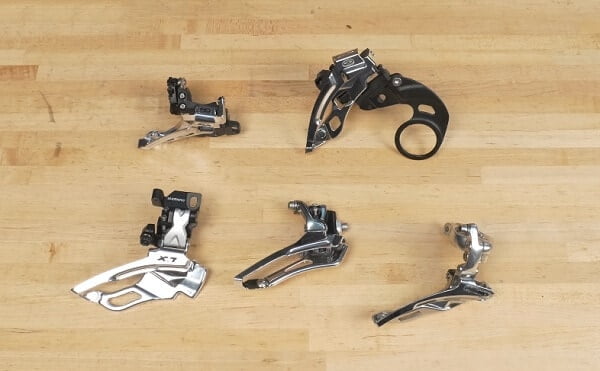
Frequently Asked Questions
Q1. How does a front derailleur work?
Ans.: A front derailleur consists of a metal cage, and the chain runs through it. The cage simply pushes the chain inwards or outwards to shift from one chainring to another. A parallelogram linkage controls the cage. A cable pulls on the linkage and shifts the cage outwards, while a return spring pushes the linkage in the opposite direction when the cable is released. The following video demonstrates clearly how a front mech functions:-
Q2. Which brand’s front derailleur should I use?
Ans.: The front derailleur market is dominated by only three brands – Shimano, SRAM, and Campagnolo. In reality, it doesn’t matter which brand you use. As long as you use the same brand as your crankset, it should work smoothly. Manufacturers recommend not to mix and match due to compatibility issues. However, you can actually use a mech of one brand with the crankset of another, without too many problems. If you are not sure whether a front derailleur will work on your bike, you can consult with a bike mechanic or ask at a bike shop.
Q3. Are there differences between road and mountain bike front derailleurs?
Ans.: There are only a few major differences between front derailleurs for road and mountain bikes. Road mechs are usually bottom pull. Also, they have narrower cages as road bikes typically have two chainrings. As long as you stay within a brand and a similar gearing range, you can use the same derailleur for both road and mountain bikes. The only exception is Shimano. They have a few models which are specific to mountain or road bikes.
➥ If you happen to be on the lookout for road bike derailleurs, precisely, then, we highly recommend that you have a look at our selection of the top rear road bike derailleurs that offers excellent shifting
Conclusion
As you can see, front derailleurs are a lot less complicated than rear derailleurs. So picking out an option should not be too difficult for you. In essence, all you have to do is find a good quality front derailleur that is compatible with the drivetrain setup that you’re running on your bike. We hope this article was useful for you good luck with your future cycling endeavors.
